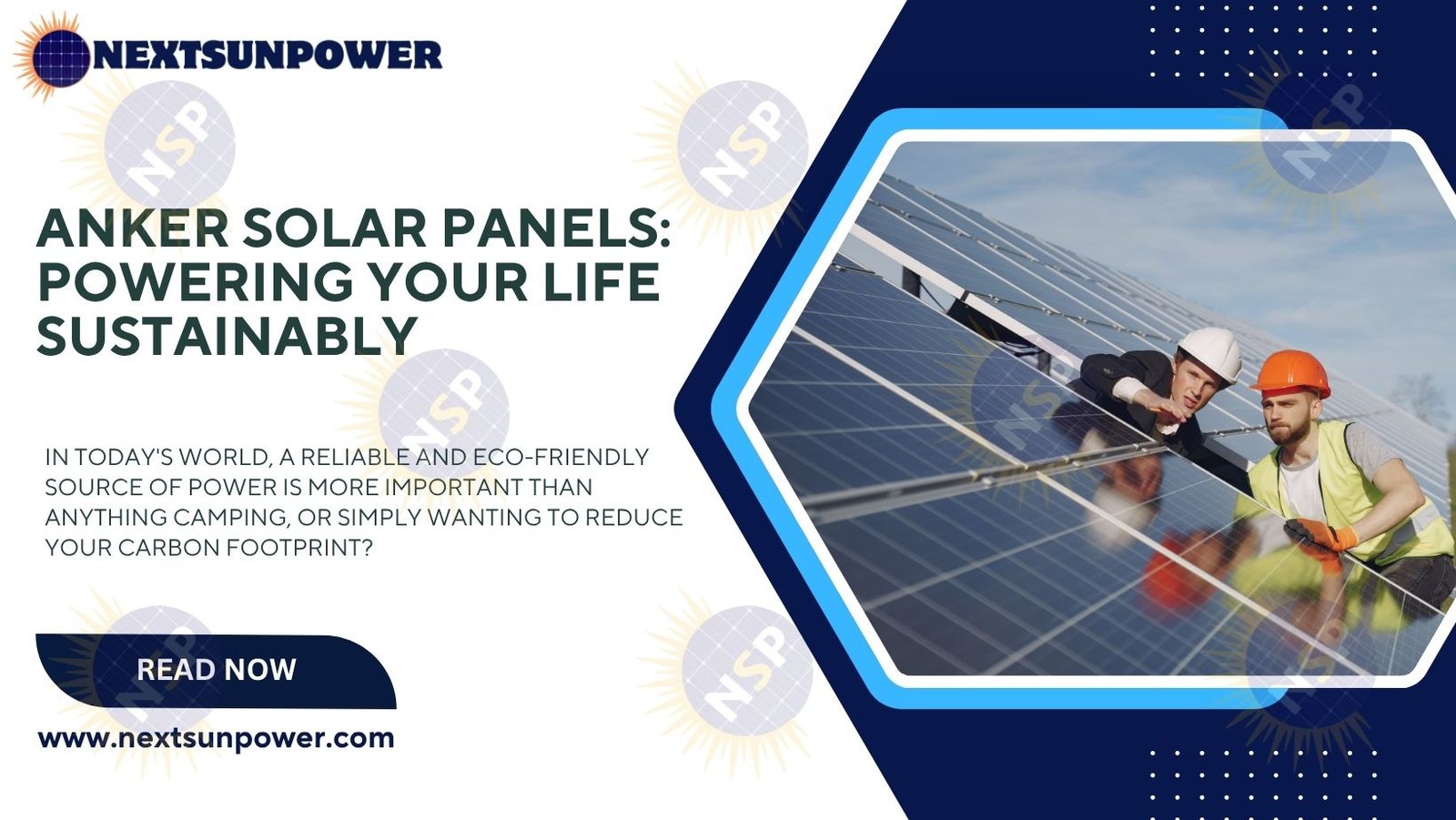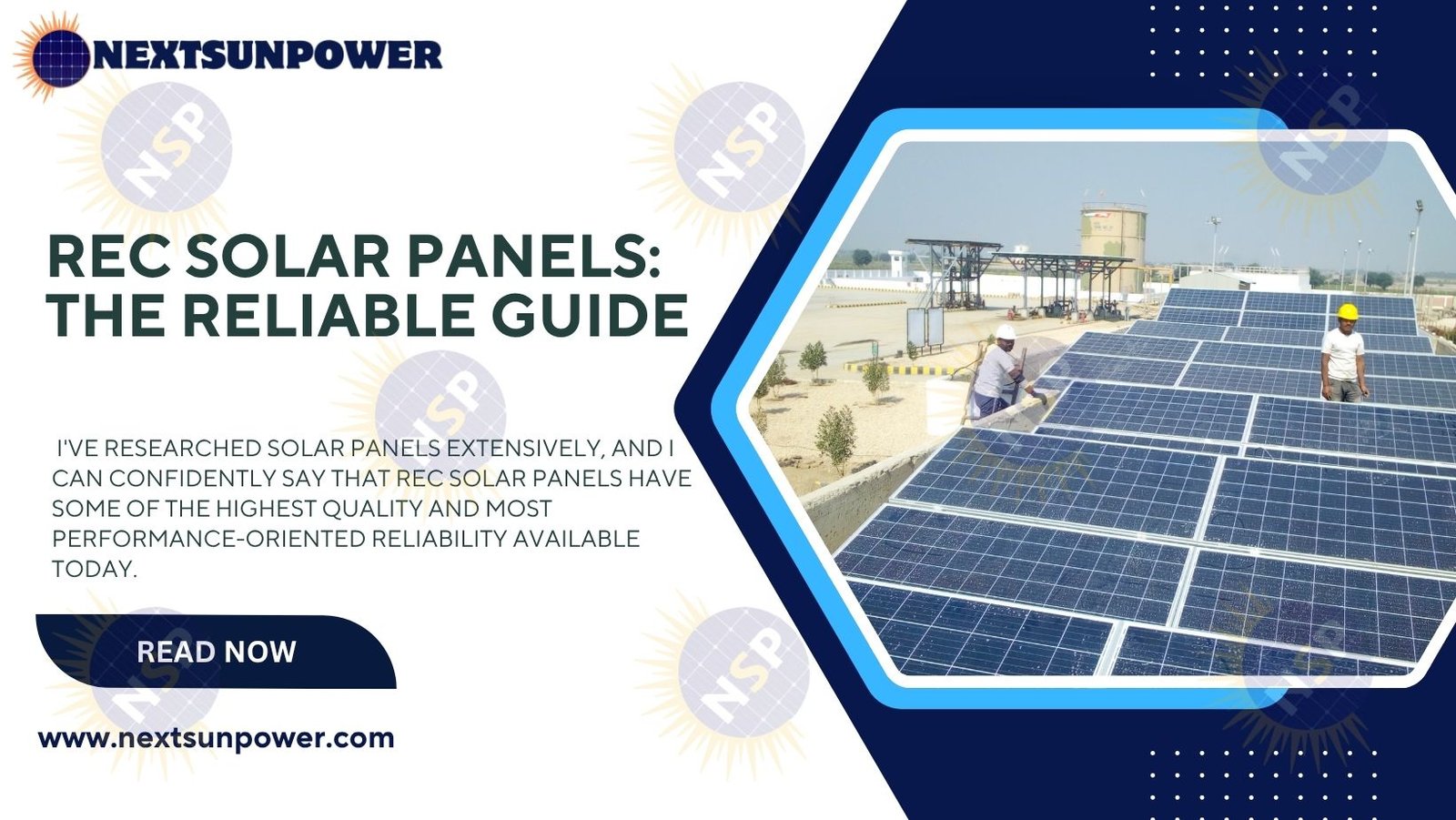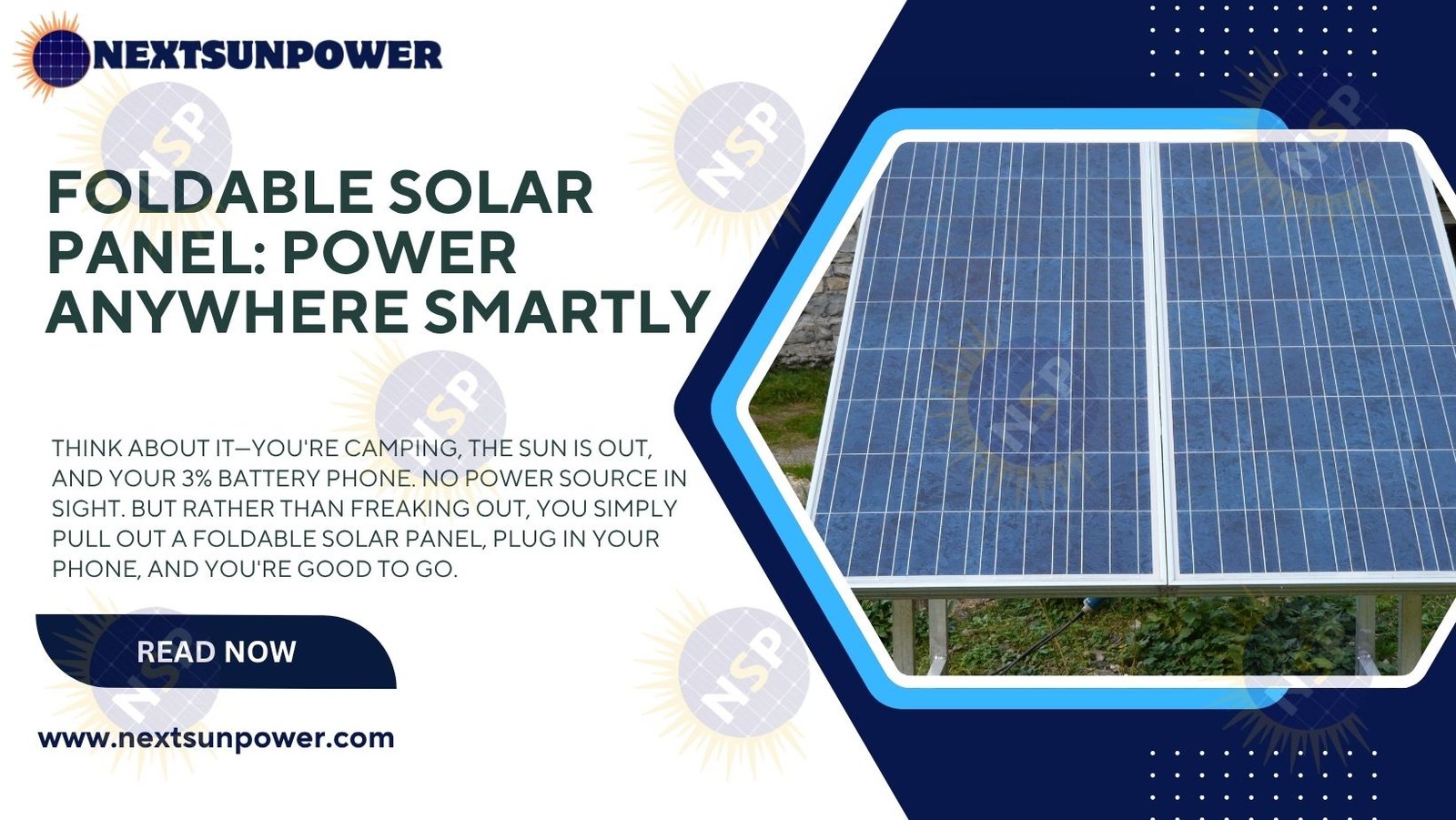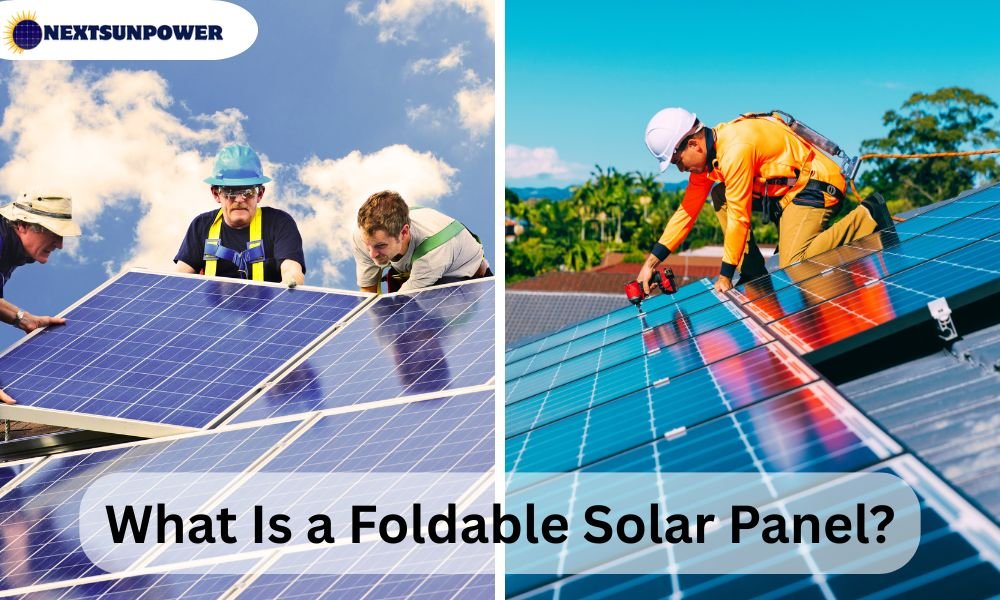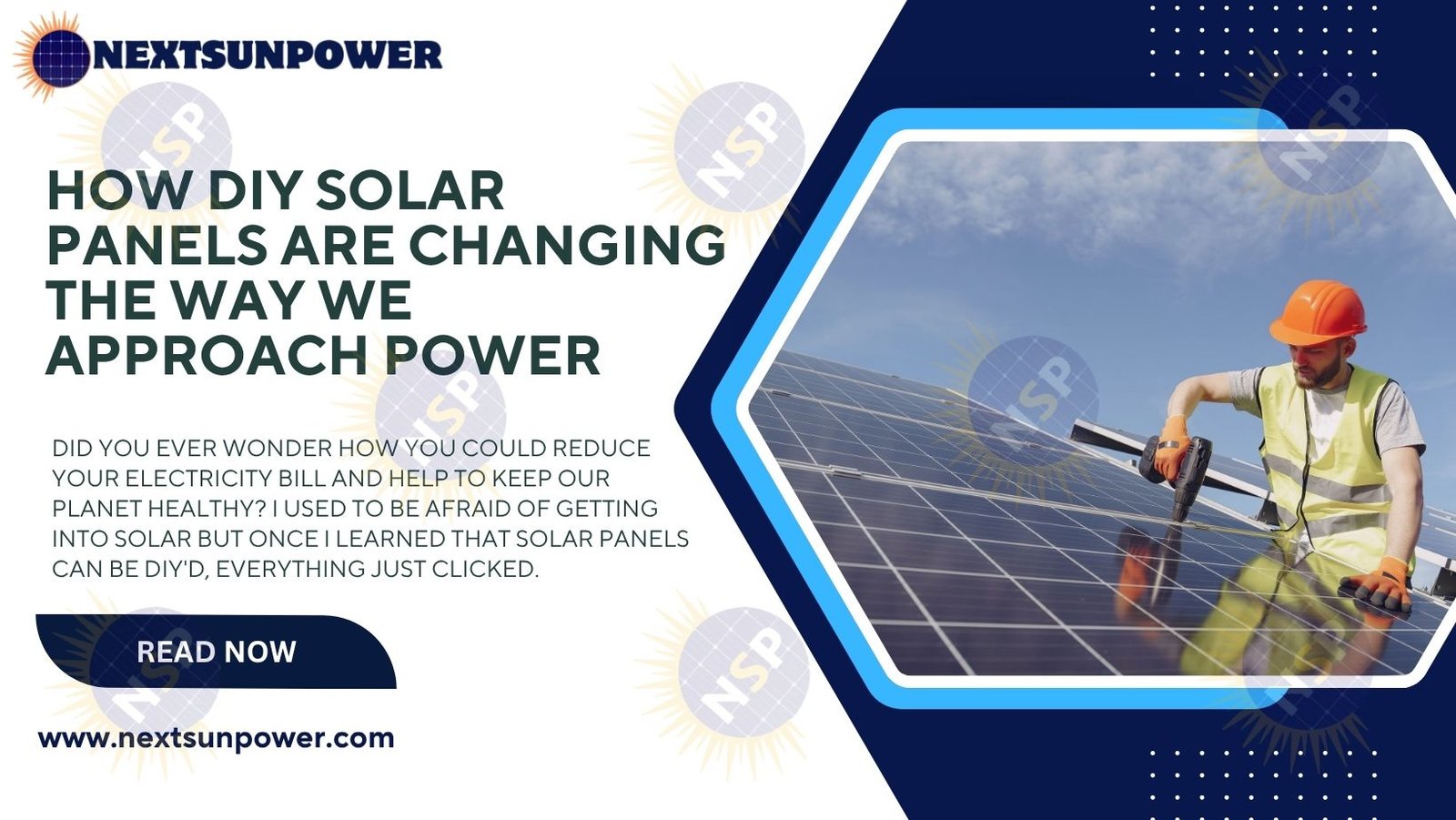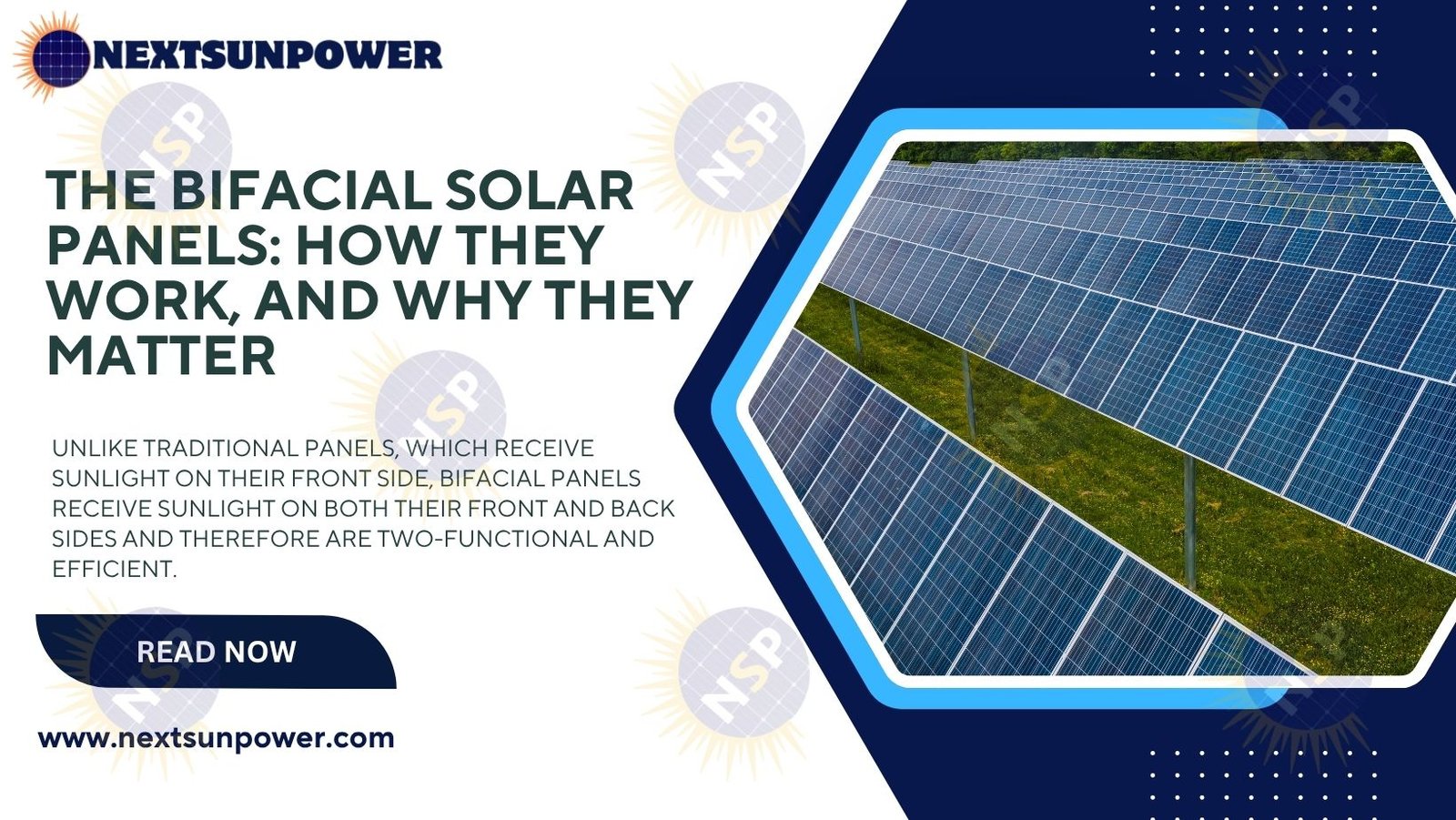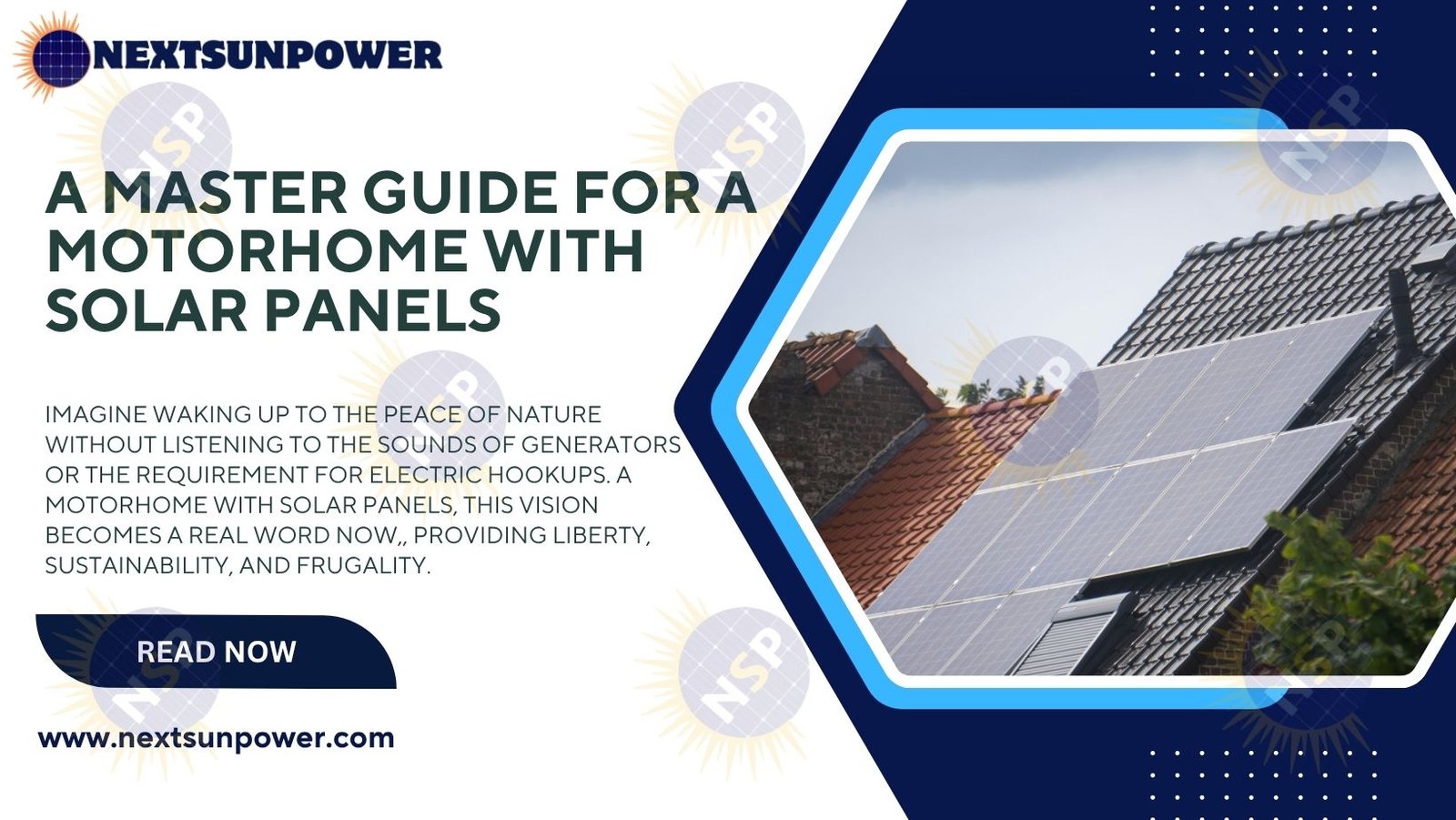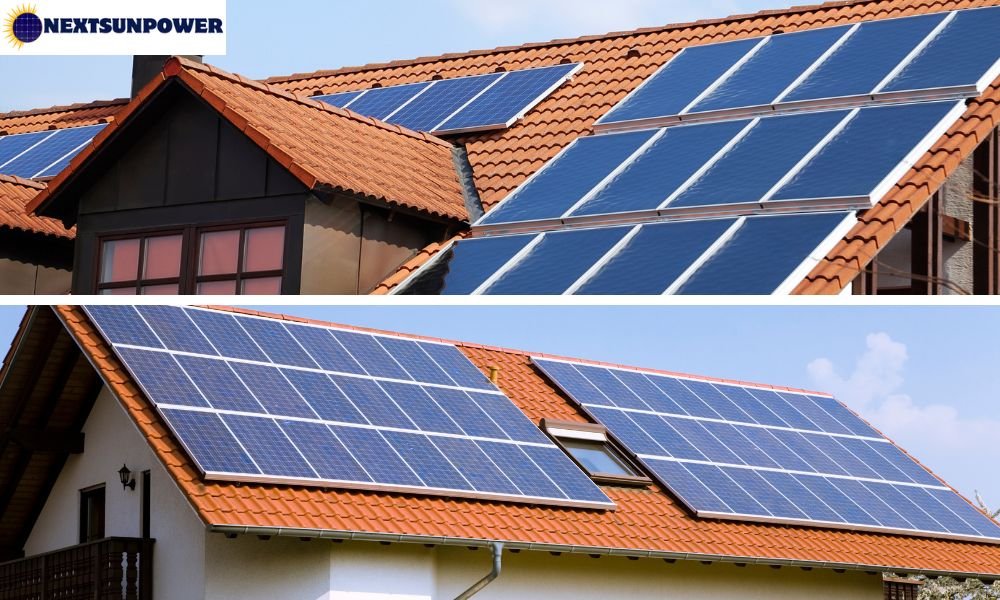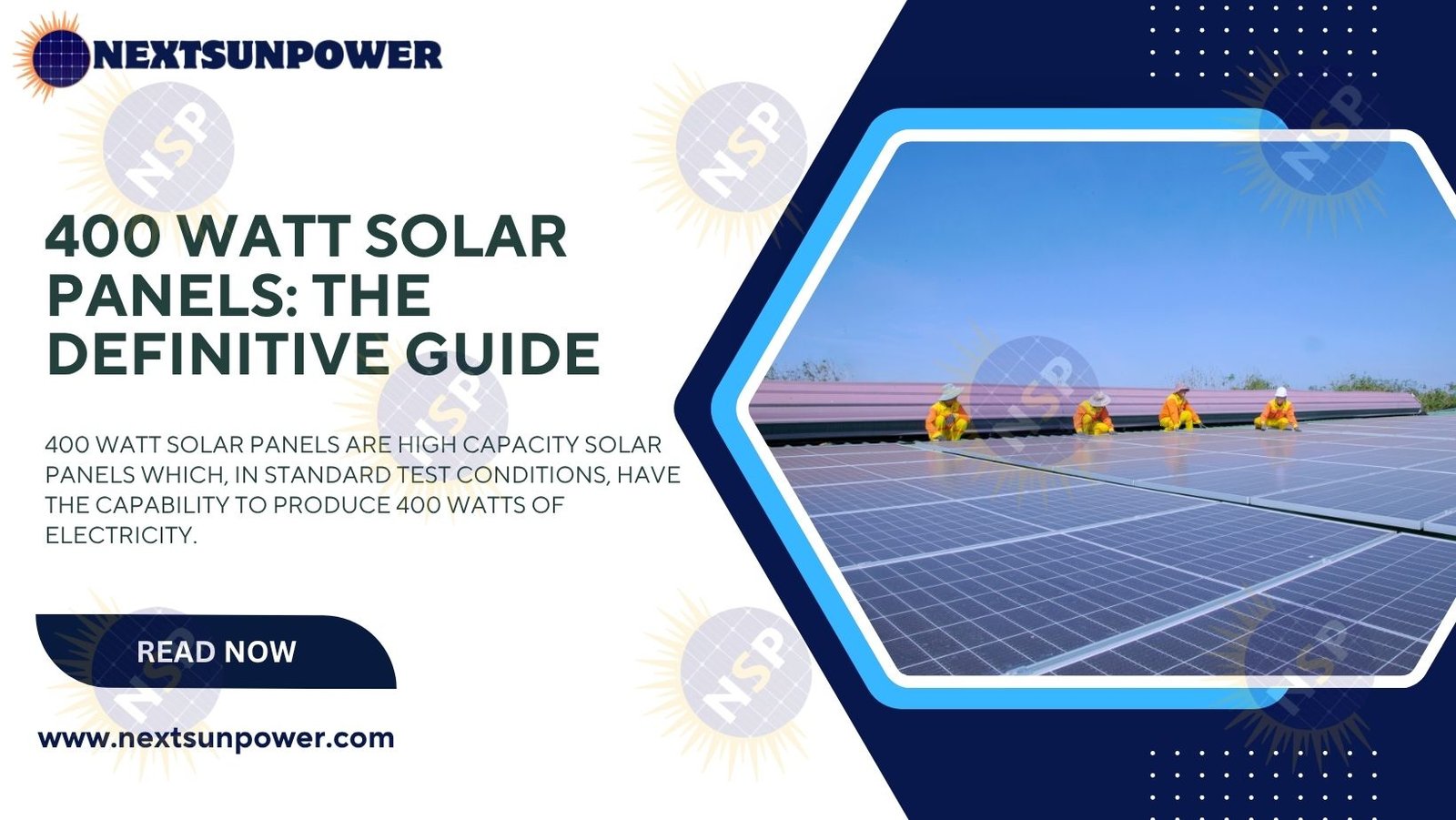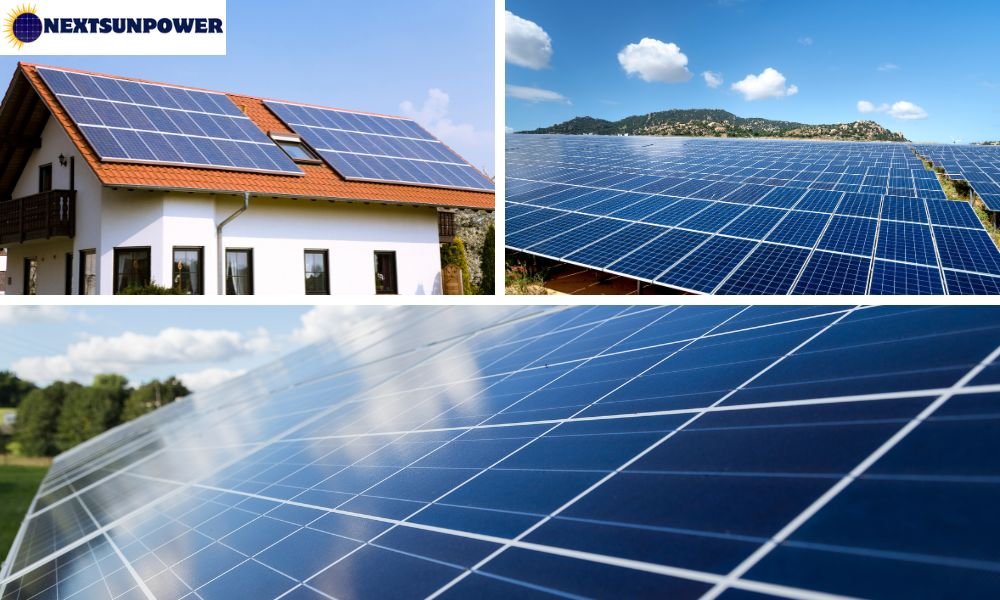In today’s world, a reliable and eco-friendly source of power is more important than anything Camping, or simply wanting to reduce your carbon footprint? anker solar panels offer a surefire solution. Long-lasting and efficient, Anker solar products are designed to meet different energy needs.
Why Choose Anker Solar Panels?
- High Efficiency and Performance
Anker solar panels are designed to make 23% of sunlight energy usable, keeping your devices charged even when it’s cloudy. With such a high conversion ratio, you receive more energy in a shorter period of time, making them suitable for different applications.
- Weather-Resistant and Long-Lasting
Made of robust material, anker solar panels can withstand the harshest outdoor weather conditions. IP67 waterproof, its solar panels are able to operate in rain or no rain, giving customers assurance when camping and hiking.
- Portable and User-Friendly
Foldable design and light material allow Anker’s solar panels to be easily portable and set up wherever customers go. Adjustable-height kickstands and smart sunlight tracking technology make capturing energy a breeze.
- Green Energy Solution
Reducing your dependence on fossil fuels with anker solar panels lowers your carbon footprint. They are a green, renewable energy solution that is noise-free and emissions-free, which makes the world greener.
Learning About Anker’s Solar Panel Range
Anker 625 Solar Panel (100W)
Small but ideal for charging low power devices and also comes with multiple Anker power stations. Efficiency and portability make it ideal for campers and travelers.
Anker 531 Solar Panel (200W)
More powerful than the 625 unit, the 531 unit is ideal for higher energy usage, like running appliances during a blackout. Its long-lasting construction will serve for many years.
Anker SOLIX PS400 Solar Panel (400W)
For those needing a high amount of power, the PS400 doesn’t disappoint. It’s perfect for home backup systems or long off-grid living, offering enough power to power basic appliances.

Anker Solar Generators: Complete Power Solutions
Combining Anker solar panels with their generators makes for a solid energy system. These generators retain solar power, providing energy even during cloudy days.
Anker 535 Solar Generator (PowerHouse 512Wh)
Small yet efficient, this generator is ideal for a short trip or as part of an emergency kit. It has multiple ports to charge different devices at once.
Anker 757 Solar Generator (PowerHouse 1229Wh)
With the capacity to accommodate more energy-intensive needs with a larger capacity, the 757 model can power small appliances or several devices continuously.
Anker SOLIX F2000 Solar Generator (2048Wh)
Built for heavy usage, the F2000 is perfect for residential backup or off-grid usage. Expandable capacity means you’ll never run out of power when you need it.
Advantages of Bringing Anker Solar Panels into Your Life
Independence from Energy: Power yourself and lower your dependency on the grid.
Cost Savings: Spend less on electricity by using free solar energy.
Impact on Environment: Reduce greenhouse emissions by using renewable power.
Emergency Preparedness: Provide power supply during natural disasters or power outages.
Applications of Anker Solar Panels in Real-Life Scenarios
Now let’s discuss real-life situations—because that’s exactly what actually validates the fact that anker solar panels do make a difference.
1. Camping and Outdoor Excursions
Imagine yourself camping deep in the woods. With a solar panel from Anker that you can carry and a portable generator such as the Anker 535, you can power your phone, illuminate your camping light, or power your portable fan without a hitch. Say goodbye to dead batteries and noisy gas generators.
One of my friends, Jake, Took anker solar gear with him whenever he goes out to Yosemite. “I used to worry about charging things. Now, I just set out my panel, let the sun do its thing, and I’m good to go,” he said to me.
2. Emergency Preparedness
Power outages happen—whether it’s due to storms, grid issues, or other unexpected events. Having an Anker solar generator paired with their reliable panels can make all the difference during a blackout. You’ll still be able to keep your phone charged, run a few small appliances, or even power medical devices if needed.
That peace of mind? Priceless.
3. Remote Work & Travel
For van-dwelling digital nomads or RV-touring remote workers, a reliable source of power is not an option. These solar panels combine the best combination of portability, efficiency, and solar generator compatibility.
You don’t have to spend money on a full roof-mounted solar system. You simply roll out the panels while parking, and your anker solar generator harnesses the power. It is very convenient, space-efficient, and cost-effective in the Long run.

Conclusion
If you’ve been considering going solar, now’s the moment. Anker solar panels provide an easy entry into renewable energy. Whether you’re on the off-grid mountain, sheltering in place at home, or working on the road, Anker’s got you covered.
You don’t have to be a tech wizard. You need an easy going setup. You just need sunlight—and Anker solar will do the rest.
From the untamed wilds to the convenience of your own home,these panels are a savvy, eco-friendly choice for today and for tomorrow.
FAQs
Q: How long does an Anker solar panel last?
A: They are designed to last, with the majority of them having a lifespan of 25 years and more, maintaining high efficiency levels over time.
Q: Are solar panels (Anker) compatible with other brands?
A: While created to be Anker gear-compatible, most panels can be integrated with other systems when voltage and connectors are matched.
Q: Are Anker solar panels effective on cloudy days?
A: Anker panels are so efficient that they can still generate power even on cloudy skies, just less than they do on sunny days.
Q: Do I have to have technical expertise to install Anker solar panels?
A: Not at all. Anker keeps its products simple to set up, simple to read instructions, and plug-and-play.
